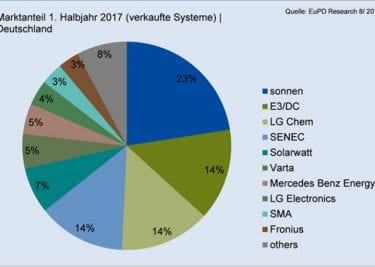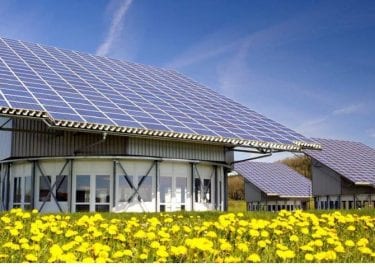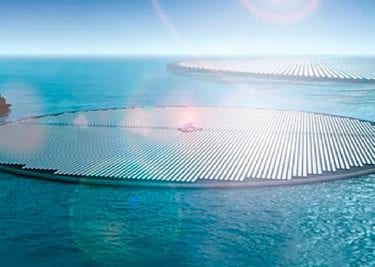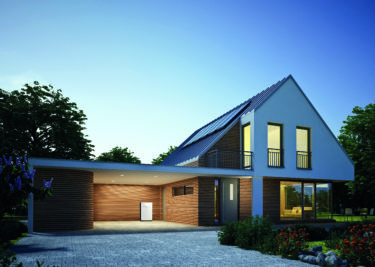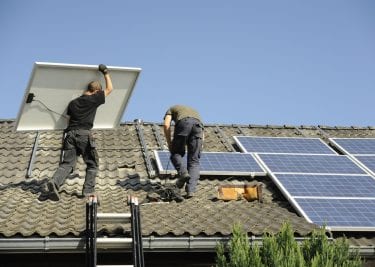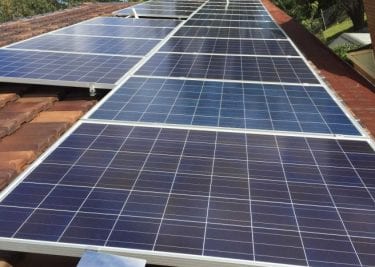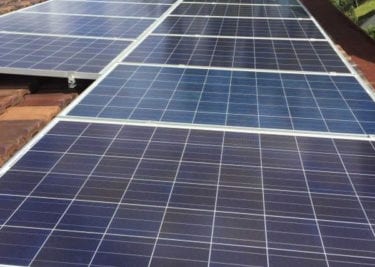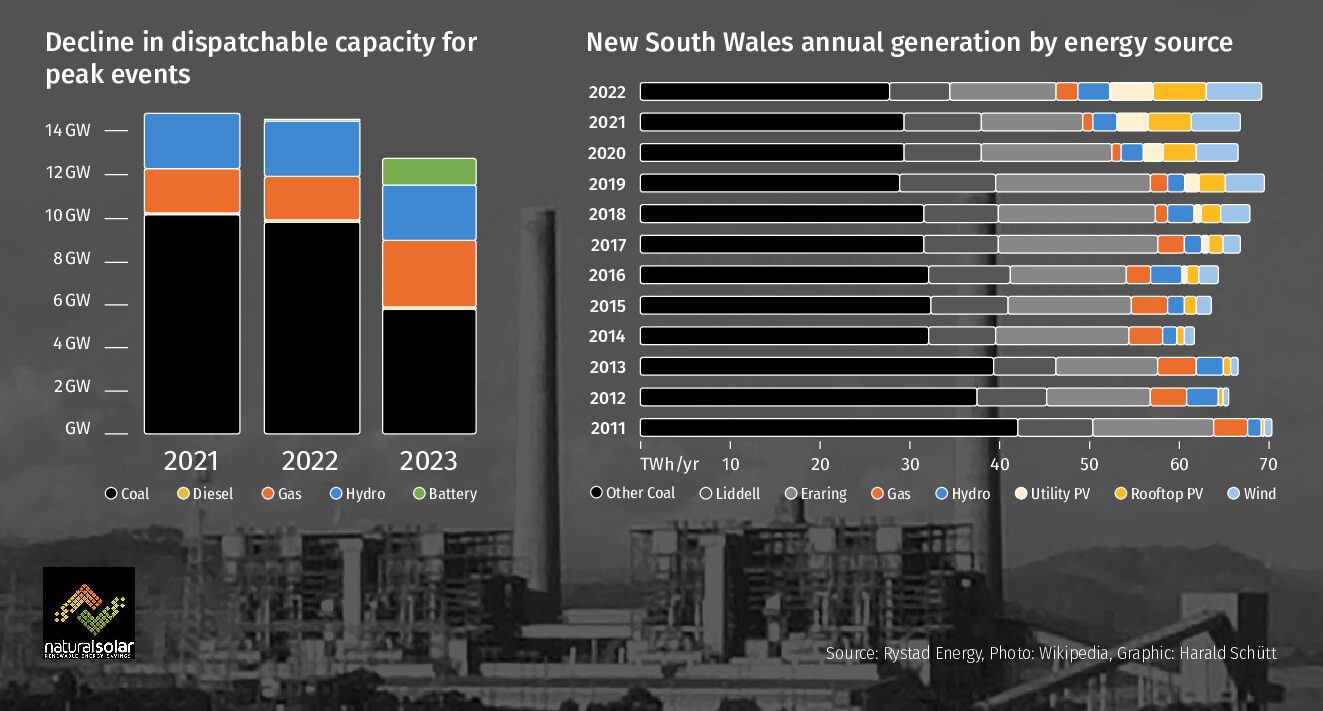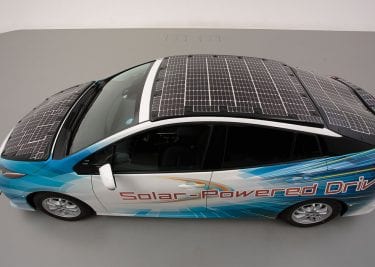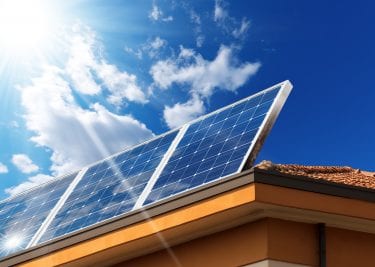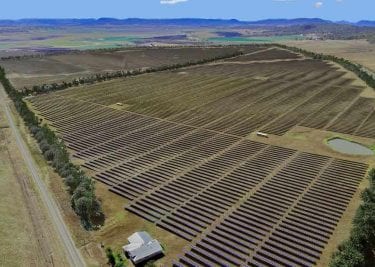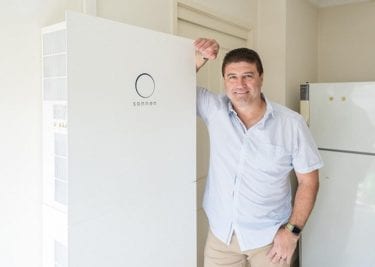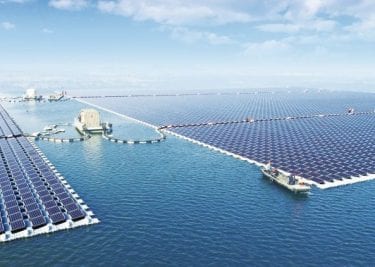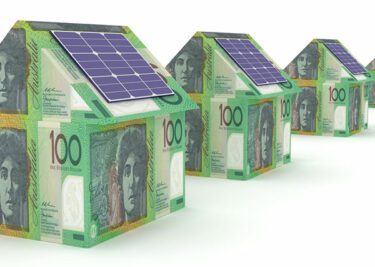You’ve begun researching solar panels, but all you can see is numbers. So many numbers.
5kW solar system, 300W solar panels, 230W output.
Why does choosing a solar system have to trigger flashbacks to maths class?
Unfortunately, you need to understand the numbers to work out how much energy the solar panels you choose will generate. Then this, in turn, helps you decide on the best solar power system for you.
So do your best to push down the memory of Mr Lawson’s algebra tests, and let’s demystify all those numbers.
How does solar work?
Before we look at how efficient solar panels are, let’s very briefly run through how solar works.
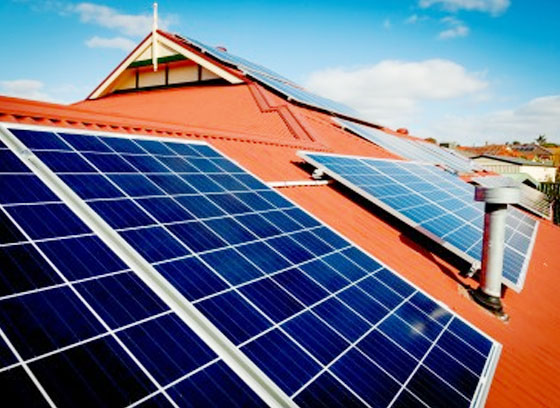
A solar panel is made up of photovoltaic (PV) cells that are made from layers of silicon. These cells collect the energy from the sun’s rays and turn it into Direct Current (DC) electricity.
Your home isn’t wired to use DC electricity, though. So before you can use the electricity, a solar system component called an inverter needs to turn it into Alternating Current (AC).
This means a solar panel (or a collection of them) plus an inverter are the basic building blocks of your solar power system.
If you want a more in-depth look at how solar works, check out our earlier article on the topic.
Solar power systems: the numbers explained
Now you know how solar power works, but what about all those numbers? What do they actually mean?
A ‘watt’ (W) is a unit of electricity. So when you see a solar panel described as 360W, or a system described as a 1kW solar system, that refers to the total wattage. It’s the overall amount of power the panel or system can put out.
Generally, solar panels are rated to create between 250-400W of electricity. The more panels you add, the more total power you can generate.
How efficient are solar panels?
So does that mean a 1kW solar system creates 1kW of electricity all of the time?
That’s a natural assumption, but the reality is a bit different. Here’s why:
- You lose energy during conversion.
When your inverter converts electricity from DC to AC, there’s some energy loss. Most inverters are around 97% efficient, which means the loss is usually only minor. So that accounts for losing a small amount of power.
However, it’s not the main reason for the loss.
- The panel rating is based on lab tests that are done under optimum conditions.
Testers rate panels in a laboratory, where they can carefully control the environmental lighting and temperature. They can shine exactly 1,000W of solar light per square metre on the panels to test each one’s energy output. Under real-world circumstances, however, panels can only approach that same output when conditions are perfect. And unfortunately, conditions are rarely perfect.
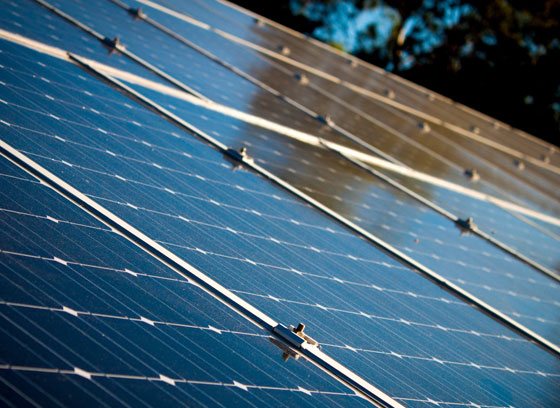
Many environmental conditions can influence how efficient your solar panels are. Common factors include:
- Time of day and daylight hours. Your panels rely on exposure to sunlight to generate electricity. The number of usable sunlight hours will depend largely on where you live. But the time of day – and therefore the sun’s position – also affect efficiency. Generally, panels work better in the middle of the day and less well in the morning or afternoon.
- Orientation and angle of panels. The position of your panels when they’re installed also affects their efficiency. Their placement determines how much sun they get – both throughout the day, and at various times of the year. Most roof-top systems are installed on a rack to give them optimal sunlight.
- Weather. Obviously, the weather plays a big role in how much electricity your panels will generate. They’ll produce more on clear, sunny days than on rainy or cloudy ones. The amount of pollution or smoke in the air will also affect how much sunlight they can collect.
- Temperature. Believe it or not, solar panels are less efficient in hot weather. As they heat up, the reactions inside the PV cells don’t work as well. However, this isn’t a major factor unless you live somewhere very, very hot: panels only lose about 0.5% of their power output for every degree they heat above 25C.
- Location. Your installer will find the best location possible for your panels, but where they end up will affect how much sunlight they collect. If trees or buildings shade your panels, it will reduce their efficiency.
- Condition of panels. While solar panels are designed to be fairly maintenance-free, they can collect a layer of dust, bird droppings or similar over time. That can then lower their efficiency by a percent or two.
To sum it all up, a peak output of close to 100% only occurs when conditions are perfect. Most calculations work on around a 15% loss in efficiency.
But that’s okay, because we calculate the size of your system to take all those factors into account.
We use average outputs and your old electricity bills to work out a system that will cover most of your household energy needs on a typical day. Some days you may generate less, some more – but over time it all evens out.
You may even find your electricity consumption habits change once you have your solar system installed. Particularly if you install a solar system and battery combination. Seeing your usage in real time, particularly which appliances are most power-hungry, is likely to change your habits. You may find you even use less electricity than you used to!
How much electricity does a solar panel produce per day?
Of all the factors that affect how much electricity your solar panels produce in a day, the area you live will have the most impact.
This comes down to a figure called ‘peak sun hours’: a measure of how much solar energy is available throughout the day in your area. And you can use this number to work out how much electricity your solar system can supply.
The Bureau of Meteorology collects readings that will tell you the average peak sun hours (aka ‘solar radiation’) in your area.
Let’s look at an example.
Say you live in Sydney, NSW, and install a 360W panel.
Sydney gets an average of 4.6 peak sun hours per day.
So your panel would generate 4.6 hours x 360 watts = 1,656 watt-hours (or, dividing that by 1,000, 1.66kWh per day).
To take 15% off for the efficiency loss, you multiply it by 0.85 (100% – 15% = 85%). So your 360W panel will typically produce 1.66kWh x .0.85 = 1.41kWh per day.
That’s for one solar panel. If you installed 10 panels to make a 3.6kW system, you’d multiply your result by 10.
So your entire system would then generate 1.41kWh x 10 panels = 14.1kWh per day on average.
No matter what size system you want to install – 1kW, 3kW, 5kW, 6.6kW, 7kW, 10kW or some other size – your calculation will be the same:
Peak sun hours x Size of system x 0.85 = Estimated amount of power produced by your system
Discover how to calculate how many solar panels you’ll need here.
Will solar panels get more efficient?
The way current solar panels work creates a constraint on how efficient they can be. Right now, for example, most commercially available solar panels can only convert about 20-25% of the solar energy they receive into electricity.
As innovators invest more money into solar research, technology constantly improves. Newly discovered methods could significantly improve efficiency. However, it’s worthwhile jumping on the solar bandwagon now because the efficiency increases equate to around a 0.5% efficiency improvement every two years.
In other words: solar isn’t going away. It’s continually getting better, but now is definitely the time to jump on board.
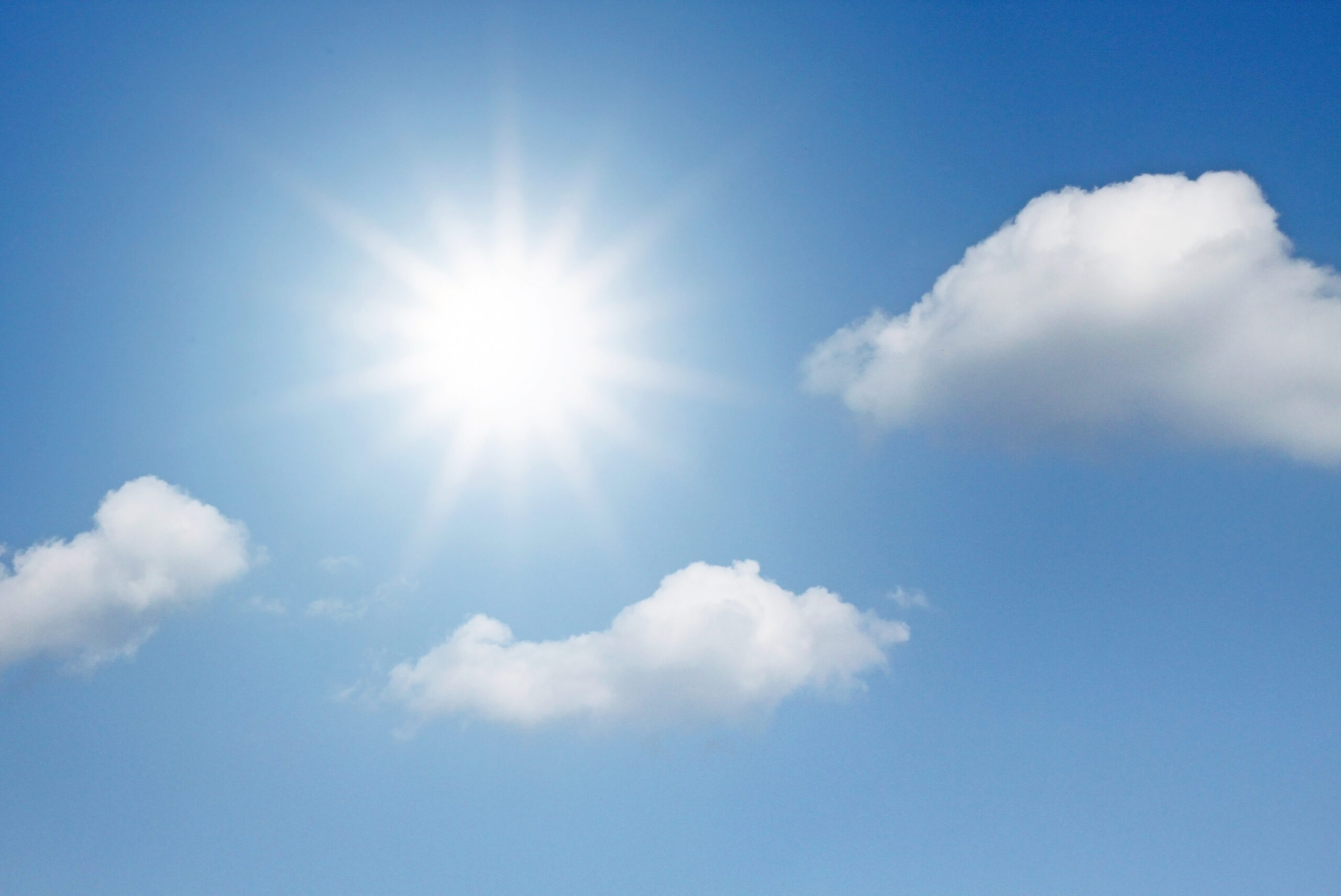
Solar: a clean, efficient way to power your home
So now you know how efficient solar panels are.
However, identifying the most efficient solar system for your circumstances involves doing your research. You need to choose a system that suits your location and meets your power needs, both now and in the future.
If you’re not sure of where to start, get in touch with our experts today. We’ll give you a fast, custom proposal based on your individual circumstances, property type and efficiency objectives.

